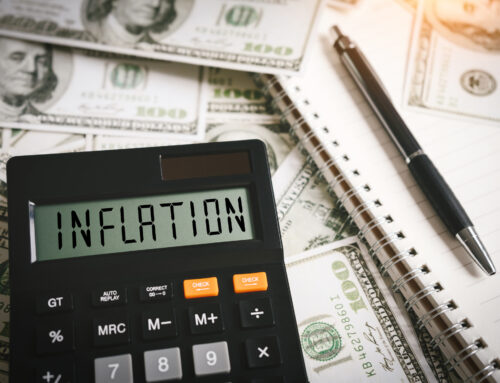 Another half year in the books. Another few crises including Brexit, Zika virus, ISIS—the usual threats and problems that inevitably give us heartburn. As Gilda Radnor entitled her book about her life, It’s Always Something.
Another half year in the books. Another few crises including Brexit, Zika virus, ISIS—the usual threats and problems that inevitably give us heartburn. As Gilda Radnor entitled her book about her life, It’s Always Something.
If I ask you what the collective we were worrying about a year ago, or two years ago, would you be able to remember? I rather doubt it. Perhaps you have seen a timeline of the past 75 or 80 years with the major world events plus the charts of the major financial indexes. There are periodic downtrends, some of which are named The Great Depression, the Great Recession, and the like.
But what is more important about the entire timeline is that all of the items increase in price from old to new, beginning to end. And when looking at decades of growth and volatility, the bear markets begin to look like hiccups, small anomalies along the way of rising prices of the Cost of Living, Bond total returns, Stock total returns, Commodities, almost everything we measure.
Human nature causes us to react in different ways to these historical patterns. Whenever investors become frightened about their own situation, political safety in the world, threats to the US or world economy, some of them sell investments and engage in what is usually called a flight to safety. This often makes no sense, but human nature often does not.
Another observation is that whenever markets move sideways for a considerable period of time, some investors grow weary enough to throw in the towel. The weight of worry about scary events seem to combine with the highs and lows in a torturous way. The interesting historical fact is that after a prolonged sideways pattern, prices usually begin another strong bullish move upward since those who do sell have all sold their investments.
I just experienced this last week with a couple who were ready to sell everything in August, 2012. At that time, they had more than doubled their money since January, 1999, but they were afraid of the accumulation of threats at that time. I talked them off the ledge since they said they didn’t need the money for anything, and in the three years plus since then, they earned another net 22 percent.
This time there was no escape. Brexit got the best of them. They made good on their flight to the safety of their local bank. Now hopefully, the bank will be able to make a good profit while they receive some return approximating the Federal Reserve Board’s idea of zero percent.
The present threats and uncertainties will resolve. New ones will arise. Whether you practice active reallocation or straight old-fashioned buy and hold, do not give up. Do not buy high and sell low.
This past quarter, US bonds and large cap stocks made a little money. Bonds took the prize year to date as the Barclay’s Aggregate Bond Index Fund (AGG) rose by 4.2 and 1.62 in the second quarter. The S&P 500 and Dow Jones 30 indexes rose 1.9 and nearly 1.4 percent respectively in the quarter. They ended a whopping 2.7 and 2.9 percentages respectively.
The problem children were the Nasdaq twins. The Nasdaq 100 and the Composite are lower by 3.9 and 3.3 percentages year to date, and suffered losses of 1.5 and .6 in the second quarter. Other major world indexes including Hong Kong, Frankfurt, and Tokyo fared even worse. The winners were commodities such as silver, gold, and oil and their producers as well as utilities and real estate stocks.
If your portfolio is properly diversified, you have probably made little or nothing lately. The S&P 500 reached a high of 2,090 on December 29, 2014. On June 30, 2016, it closed at 2,098.9. That is about as sideways as you can get in a year and a half.
(Past performance is no guarantee of future results. Advice is intended to be general in nature. Client experience is that of a single account; comparison to this portfolio would not the same Statistics from Worden Brothers, Inc., TC2000, 2016.)





